NUHADANG [Korea Quality] / 누하당 [한국관광 품질인증]
2.7Km 2020-09-10
49-7, Pirundae-ro, Jongno-gu, Seoul
010-9692-1330
Guesthouse Nuha is a ‘hanok’ or traditional Korean house consisting of four guestrooms located in Nuha-dong, Seochon (west of Gyeongbokgung Palace, Jongno, Seoul) where many Confucian scholars and artists lived during the Joseon Dynasty.
Exuding a refined atmosphere, Guesthouse Nuha is very popular among not only domestic visitors but also foreign tourists who want to experience the flavor of Korea in a cozy hanok. All four guestrooms (An-bang, Sarang-bang, Geul-bang, and Byeol-dang) are covered with eco-friendly hanji (traditional Korean paper handmade from mulberry tree) wallpaper, and are equipped with a thick cotton-wool comforter and pillows imbued with the scent of Hinoki cypress tree to help guests relieve their fatigue.
Breakfast is served free of charge. Guests can also experience traditional Korean culture here, such as playing a Korean musical instrument (janggu or double-headed drum), playing a game of yut in the yard, or wearing hanbok (traditional Korean clothes). Although a local bus service passes through the village, it is highly recommended to take a quiet leisurely around the area.
Cérémonie de la relève de la garde (수문장 교대의식)
2.7Km 2024-05-17
161, Sajik-ro, Jongno-gu, Séoul
+82-2-3210-1645
Les gardes de la dynastie Joseon désignent les officiers situés aux portes de la citacelle comme la porte Heunginjimun ou Sungnyemun et celles du palais Gyeongbokgung où le roi séjournait. Les gardes étaient ainsi postés pour la surveillance des lieux, ils devaient ouvrir et fermer la grande porte Gwanghwamun selon un processus bien défini afin de protéger le roi, la famille royale et le peuple.
Moonguesthouse [Korea Quality] / 문게스트하우스 [한국관광 품질인증]
2.7Km 2020-09-09
31-18, Samil-daero 32-gil, Jongno-gu, Seoul
+82-2-745-8008, +82-10-8704-9981
The Moon Guesthouse is situated near a number of interesting tourist destinations including Unhyeongung Palace (3min on foot), Bukchon Hanok Village (5min on foot), Changdeokgung Palace (5min on foot), and Changgyeonggung Palace (10min on foot). The guesthouse was named ‘moon’ (‘door’ in English) because it has many 176 doors and windows. Upon entering by the gate, visitors will see a ‘ㄷ’-shaped hanok building in the courtyard, in which a wooden bedstead and a table are placed. On the opposite of the hanok building there is a wall roofed with tiles engraved with Korean patterns such as deer, pine, turtle, etc. Flowers in the flowerbed lined up along the wall are in bloom and the bonsai are also well-kept in the house. Renovated and opened as a guesthouse in September 2011, Moon Guesthouse consists of a bonchae (main building) and a byeolchae (detached house). The rooms are decorated with red clay and hanji (traditional Korean paper handmade from mulberry trees), and have under-the-floor heating (ondol). Each room is equipped with an air-conditioner, and has a 40cm-thick layer of red clay over the ceiling for insulation, making the rooms cool in summer and warm in winter. The house has seven individual guestrooms and five modern bathrooms, but the entire building (bonchae or byeolchae) can be rented, too. In particular, the unhyeondang of the bonchae is very popular as it can be converted into one large space for special events, group workshops, etc. simply by opening all the sliding doors (Bunhapmun – Goryeo construction style). This room, which is decorated with a flower-patterned windscreen, a landscape painting, and calligraphy, has been used as a shooting location for various TV programs including KBS2’s TV reality program Man’s Qualification and its variety show The Human Condition. The guestrooms are also equipped with traditional furniture including a cabinet inlaid with mother-of-pearl. The guesthouse also provides a variety of experience programs from 11am to 3pm, including tea ceremony, wearing Hanbok (traditional Korean clothes), making kimchi and gochujang (red chili paste), playing a traditional musical instrument, making a rubbing of a stone inscription, calligraphy, drawing orchids on a fan, and so on. The house has about seventy hanbok and other clothing accessories, as well as a royal costume. Its calligraphy and drawing orchid programs are run directly by the owner, who used to work as a classical Chinese teacher at a high school.
Galerie Art Link (갤러리 아트링크)
2.7Km 2019-03-26
66-17, Yulgok-ro 3-gil, Jongno-gu, Seoul
+82-2-738-0738
Ouverte en mars 2003, la galerie d’art est à la fois un lieu d’exposition d’oeuvres d’arts mais aussi un lieu de rencontres entre dirigeants et patrons pour rencontrer les artistes et leurs créations. La galerie joue aussi un rôle de médiation entre l’art moderne et le public à travers ses divers outils de communication.
Gagyo (가교 전통공예)
2.7Km 2012-02-08
65, Yunposun-gil, Anguk-dong, Jongno-gu, Seoul-si
Ouverte en 2001, Gayo est la première boutique d’Insadong spécialisée dans le bojagi (tissu d’emballage traditionnel coréen). La boutique organise également divers séminaires et programmes d’activités quotidiens où les visiteurs peuvent fabriquer des bojagi. Grâce à ses programmes en japonais, la boutique est particulièrement populaire auprès des touristes de l’archipel. C’est l’endroit idéal pour permettre aux visiteurs internationaux de découvrir l’art des accessoires traditionnels coréens.
Onion Anguk (어니언 안국)
2.7Km 2024-04-09
5 Gyedong-gil, Jongno-gu, Seoul
Onion désigne un café situé dans un hanok datant des années 1920. Le bâtiment a été rénové afin de préserver l'aspect du daecheongmaru et de l'espace madang (espace de la cour) permettant ainsi de profiter des charmes de l'architecture traditionnelle en Corée. Le menu signature est le menu 'vanilla bean latte' ainsi que divers desserts le pain au beurre salé et le gâteau pandoro. L'établissement présente également l'avantage de se situer à proximité de sites touristiques réputés comme le palais Gyeongbokgung, le palais Changgyeonggung ainsi que le palais Changdeokgung.
Maeumeul Damanaemyeon (마음을담아내면)
2.7Km 2021-03-19
79, Yulgok-ro 3-gil, Jongno-gu, Seoul
+82-2-732-7768
This is a Korean cuisine located in Jongno, Seoul. Also well-known for steak and stir-fried ingredients over rice. The best menu at this restaurant is noodles.
Marché de Tongin (통인시장)
2.8Km 2022-12-13
18, Jahamun-ro 15-gil, Jongno-gu, Seoul
+82-2-722-0911
Le marché de Tongin a été crée en juin 1941 sous l’occupation japonaise. Après la guerre du 25 juin, le région de Seochong a connu une hausse de la consommation causée par la soudaine croissance démographique. Des boutiques et des magasins se sont créés sous forme de marché public.
Le marché public Tongin se compose de 75 restaurants dont principalement des restaurants et des magasins de banchans (petits plats d'accompagnements) qui livrent des produits frais : poissons, fruits et légumes. D’autres commerces de vêtements, chaussures et retouches sont présents sur le marché.
Université de Sogang (서강대학교)
2.8Km 2023-07-05
Sinsu-dong, Mapo-gu, Seoul-si
+82-2-705-8114
L’université de Sogang est une université jésuite, privée et mixte, située dans le centre-ville de Séoul.
La proximité géographique de cette université avec d’autres prestigieux établissements d’études supérieures, comme l’université de Yonsei et l’université féminine de Ewha, contribue à la vitalité intellectuelle et sociale de la vie étudiante.
The King's (더 킹스)
2.8Km 2020-04-24
287, Dongho-ro, Jung-gu, Seoul
+82-2-2270-3121
The King’s is a premium buffet offering live music and top-quality, fresh dishes. Serving up “à la minute” cuisine in which food is cooked fresh to order, the restaurant is particularly known for its live seafood. In addition to the live seafood corner, The King’s buffet boasts 150 international foods in 10 different sections, including a Chinese food corner with dim sum, grilled Peking duck, stir-fry, and other authentic Chinese dishes prepared by Chinese chefs.
![NUHADANG [Korea Quality] / 누하당 [한국관광 품질인증]](http://tong.visitkorea.or.kr/cms/resource/58/2532358_image2_1.jpg)
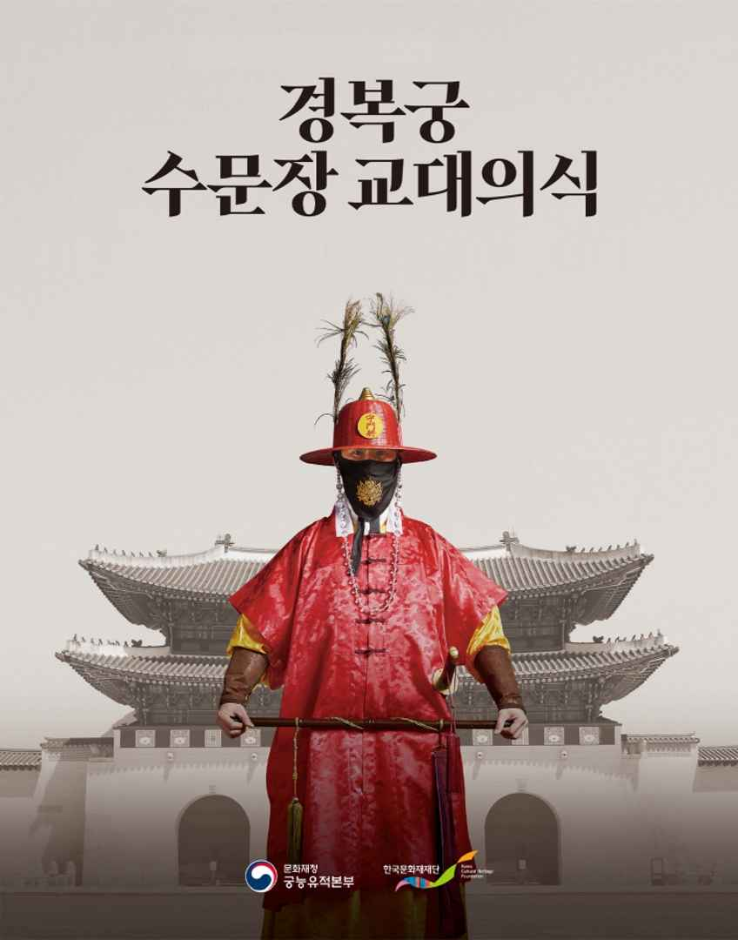
![Moonguesthouse [Korea Quality] / 문게스트하우스 [한국관광 품질인증]](http://tong.visitkorea.or.kr/cms/resource/09/2577509_image2_1.jpg)
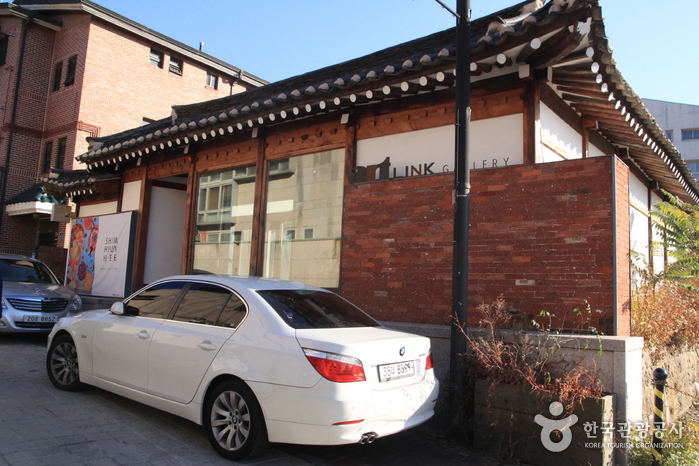
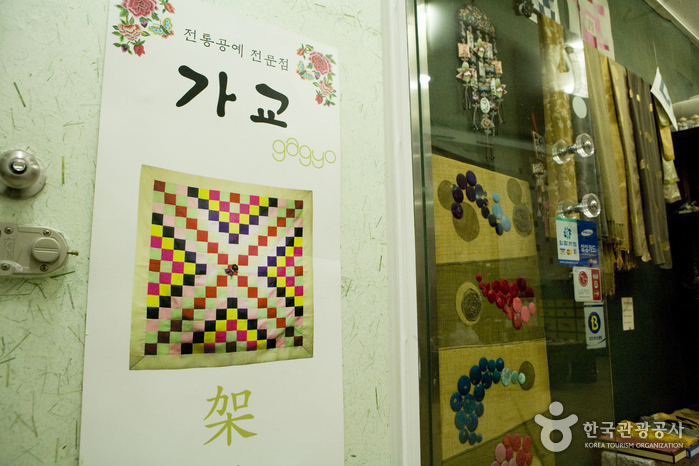
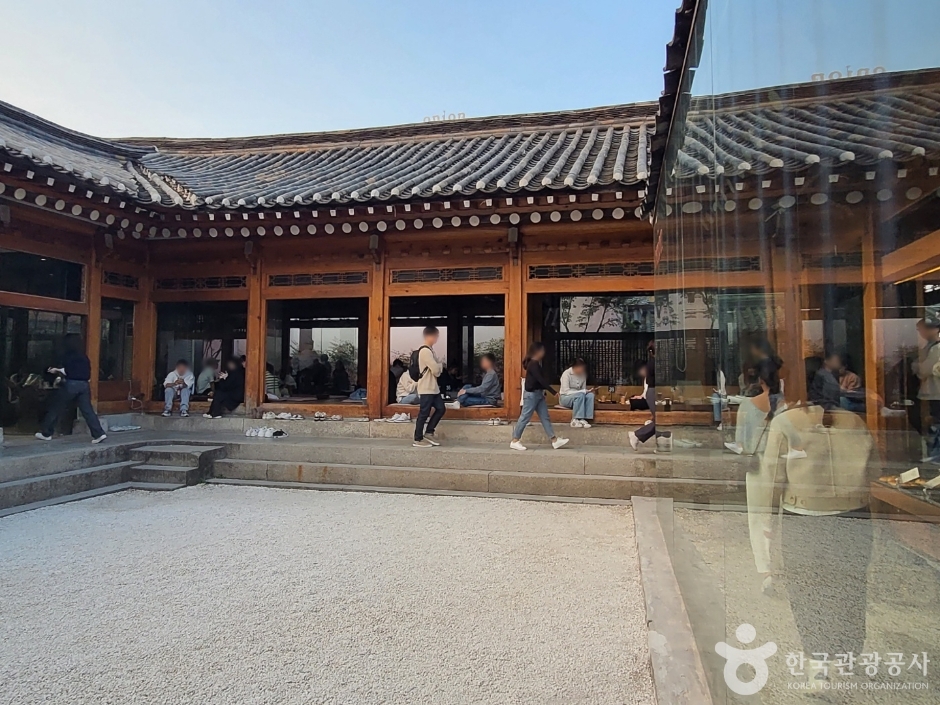
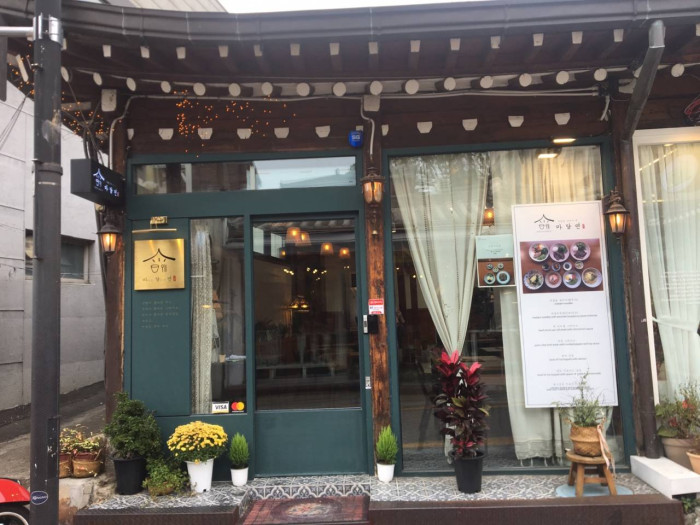

 Français
Français
 한국어
한국어 English
English 日本語
日本語 中文(简体)
中文(简体) Deutsch
Deutsch Español
Español Русский
Русский